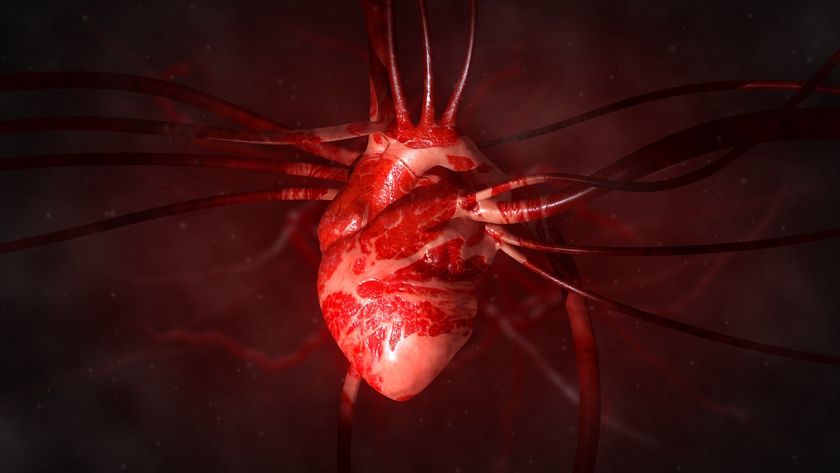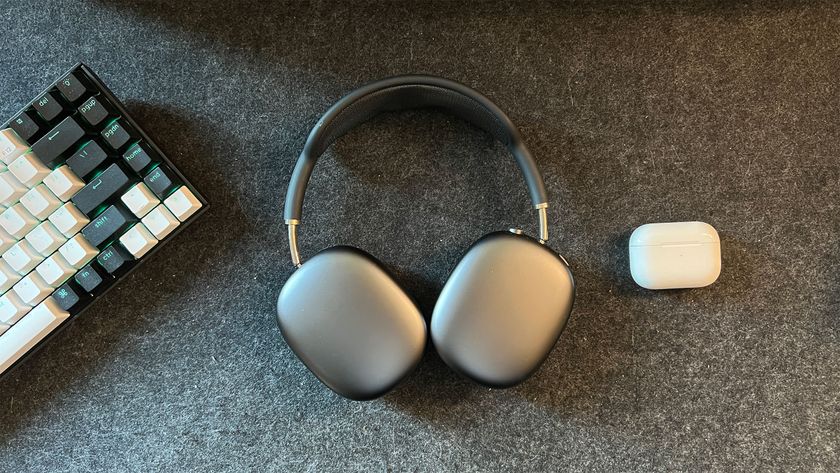Stroke: Symptoms, tests and treatment
Stroke is the second leading cause of disability and death worldwide, and occurs when the flow of blood to the brain is disrupted.
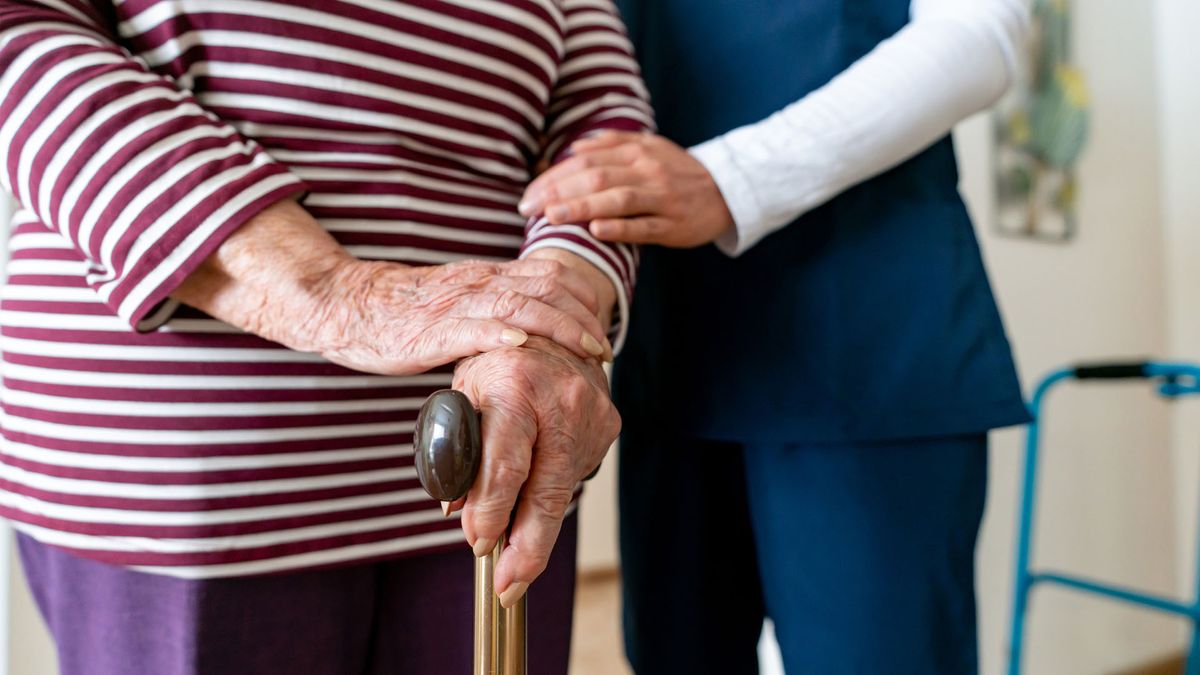
A stroke is a serious and potentially life threatening medical condition that occurs when the flow of blood to the brain is disrupted. Blood carries oxygen to the brain, which controls all of the body's functions. Without oxygen-rich blood, the brain begins to shut down. If blood flow cannot reach the region that controls a particular body function, that part of the body will not work as it should, according to the American Stroke Association (ASA).
The most common type of stroke is ischemic stroke, which is caused by a clot obstructing the flow of blood to the brain. A stroke can also be hemorrhagic, meaning it is caused by a blood vessel rupturing and preventing blood flow to the brain. Some strokes can be caused by temporary clots. They are referred to as transient ischemic attacks or "mini strokes", according to the ASA.
Stroke is the second leading cause of both disability and death worldwide, according to a 2021 review published in the journal Neurology. Approximately 137,000 people die of stroke each year in the United States alone.
Types and causes of stroke
Ischemic stroke
Ischemic stroke occurs when fatty deposits inside blood vessel walls become loose, forming blood clots that clog the vessel and make it impossible for blood to flow through. This type of stroke accounts for about 87% of all cases, according to the ASA.
There are two kinds of obstructions, or blood clots, that can cause ischemic strokes.
Cerebral thrombosis occurs when a blood clot, or thrombus, develops in one of the brain's blood vessels, causing what is known as a thrombotic stroke. Embolic strokes, on the other hand, are caused by cerebral embolism, which is when a portion of a blood clot in another part of the body — like the heart — comes loose, travels through the bloodstream and clogs a blood vessel in the brain.
Hemorrhagic stroke
Hemorrhagic stroke occurs when a weakened vessel ruptures and bleeds into the surrounding brain. The blood accumulates and compresses the surrounding brain tissue, triggering the symptoms. This type of stroke accounts for about 13% of cases, according to the ASA.
Two types of weakened blood vessels usually cause hemorrhagic stroke: Aneurysms and arteriovenous malformations (AVMs).
An aneurysm is a weak area in a blood vessel that usually enlarges. It is often described as a "ballooning" of the blood vessel. Aneurysm usually develop at branching points of arteries and are caused by constant pressure from blood flow, according to the ASA. Arteriovenous malformation (AVM) occurs when a tangle of blood vessels in the brain bypasses normal brain tissue and directly diverts blood from the arteries to the veins.
Transient ischemic attack
Transient ischemic attack (TIA), often referred to as "mini stroke", occurs when there is a temporary blockage of blood flow to the brain, according to the ASA. The clot usually dissolves on its own or gets dislodged, and the symptoms usually last less than five minutes. While a TIA does not cause permanent damage, it is a signal that a full-blown stroke may happen in the near future.
Cryptogenic stroke
Strokes without a known cause are called cryptogenic. It is estimated that about 1 in 3 ischemic strokes are cryptogenic, according to the ASA. Possible hidden causes of stroke include irregular heartbeat, heart structure problem, hardening of the arteries or blood clotting disorders.
A number of rare heritable and non-heritable conditions should be additionally considered in the diagnosis of cryptogenic stroke, according to a 2021 review published in the Journal of Neurology. These include Fabry disease, Moyamoya angiopathy, Sneddon syndrome, Susac syndrome and Takotsubo syndrome.
Signs of stroke
Symptoms of stroke vary depending on what part of the brain is affected. But a quick way to remember the possible immediate effects of a stroke is the acronym F.A.S.T., according to the ASA.
F- Face drooping: One part of the face may be drooping or numb.
A- Arm weakness: One arm may feel weak or numb.
S- Speech difficulty: Speech may be slurred or slow
T- Time to call 911: If someone experiences these symptoms, they need medical attention immediately, even if the symptoms go away.
Dr. Bal Athwal, a consultant neurologist at HCA Healthcare in the U.K., told Live Science that while the FAST test can be used to identify the symptoms of a lot of strokes, there are some other symptoms to watch out for, all of which have a sudden onset:

Dr. Bal Athwal is a consultant neurologist with a special clinical interest in stroke prevention and rehabilitation, epilepsy and conditions such as Parkinson's disease and motor neuron disease. He trained in Neurology at the National Hospital for Neurology and the Royal Free Hospital in the U.K. prior to being appointed consultant at Barnet Hospital and the Royal Free.
- Weakness, or complete paralysis, on one side of the body (including legs, hands and feet)
- Blurring or loss of vision
- Difficulty speaking, either slurring of speech or not making sense through inability to use the correct words. This might be in combination with an inability to understand speech from others
- Confusion and memory loss
- Dizziness and loss of balance
- Very severe headache
A stroke is a medical emergency and quick treatment is vital, Athwal said. "The sooner someone receives treatment, the less damage that is likely to happen," he said.
Risk factors for stroke
There are many risk factors for stroke. These can generally be divided into two groups: those that cannot be controlled and those that can.
According to the ASA, risk factors that can be controlled include:
- High blood pressure
- Smoking
- Diabetes
- Heart disease
- High cholesterol
- Obesity
- Poor diet
- Physical inactivity

However, there are also risk factors for stroke that people have no control over. According to the ASA, these include:
- Age and family history of stroke
- History of prior heart attacks or strokes
- Sex: More women than men die or become disabled as a result of stroke each year
- Ethnicity: African-Americans are twice at risk of having a stroke as Caucasians. Hispanics, Asians and Pacific Islanders are also at a higher risk of having a stroke than Caucasians
Dr. John MacLean, advisory board member of Cignpost and an honorary clinical associate professor at the University of Glasgow in Scotland, said that risk factors may differ depending on the type of stroke.
"Like in the case of heart disease, the risk factors for hemorrhagic stroke are largely lifestyle factors, especially high blood pressure," he told Live Science in an email. "Ischaemic stroke is more common in patients who have atrial fibrillation, where the heart rate is irregular and where blood clots form in the heart and then travel to the brain blocking the blood vessels."
How is stroke diagnosed?
To diagnose stroke, physicians perform a physical exam and conduct a series of tests. They may also order an imaging test to look at the blood vessels in the brain. Computerized Tomography, or CT scan, helps to confirm whether an individual is having a stroke, and what type of stroke has occurred. Alternatively, physicians can detect brain tissue damage using Magnetic Resonance Imaging (MRI), according to the National Institutes of Health (NIH).
"Additional tests include heart and blood vessel tests such as a carotid ultrasound of the neck, ECG and echocardiogram (heart scan) to identify the causal factors behind the stroke as well as blood tests including cholesterol and blood sugar for diabetes," Maclean said.
Lumbar puncture test may also be used to detect a hemorrhagic stroke. The doctor will use a needle to collect fluid from around the spine. The fluid will be tested for substances from broken-down blood cells, according to the NIH.
Complications from stroke
Every stroke is unique, but strokes tend to affect people in common ways, according to the ASA. Depending on what part of the brain is damaged, individuals may be paralyzed on one side of the body, or just the face.
If the stroke occurs in the left side of the brain, the right side of the body will be affected. Patients may also show symptoms like speech and language problems, memory loss, and behavioral changes.
If the stroke occurs in the right side of the brain, the left side of the body will be affected. In that case, additional symptoms may include vision problems and memory loss.
In addition, if the stroke occurs in the brain stem, or the central trunk of the brain, a person may be left in a "locked in" state. When this happens, the patient is generally unable to speak or move any part of their body below the neck.
"Many stroke patients have difficulties walking or carrying out certain daily activities such as getting washed and dressed, and as such, require rehabilitation to regain muscle strength," Athwal said.
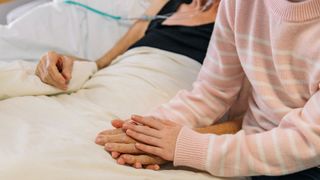
Stroke can also affect the ability to swallow, eat and communicate.
"Communication problems are also very common after a stroke, with an estimated one-third of stroke survivors experiencing problems with speaking, reading, writing and understanding," Athwal said. "Around a third of people who have a stroke will experience a complex language and communication disorder called aphasia, which is caused by the damage to the language centers of the brain. Most communication problems do improve, but it's difficult to predict how much they'll improve or how long it will take, as it's different for everyone."
Many stroke survivors may exhibit changes to their behavior. Individuals may become more isolated and some may require daily care, according to the American Stroke Association.
Stroke treatment and recovery
Stroke treatment begins the moment emergency medical services arrive to take the patient to the hospital. Once at the hospital, they may receive emergency care, treatment to prevent another stroke, rehabilitation to treat the side effects of stroke, or all three, according to the CDC.
Following initial assessment, the type of stroke can be identified as this will influence the immediate treatment options, MacLean said.
"In ischaemic stroke patients may be given anti-platelet medication that may prevent further clots and thrombolysis ("clot busting") drugs. They may also undergo thrombectomy, a surgical procedure where the clot is physically removed from the blocked artery," he said.
In hemorrhagic stroke, medicine, surgery, or other procedures may be needed to stop the bleeding and save brain tissue. These include endovascular procedures, which can help repair a weak spot or break in a blood vessel, or inserting a metal clip to stop the bleeding from a ruptured aneurysm, according to the CDC.
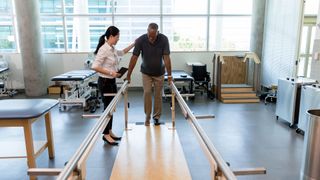
Stroke recovery will involve a number of health professionals, MacLean said. Patients may be prescribed physiotherapy and speech therapy. They may also need help from dieticians if swallowing is impaired, or occupational therapists if they need adaptations to maintain an independent lifestyle. Stroke commonly results in anxiety and depression so mental health support may be vital to maximize the patient's recovery.
After a stroke has happened, it is very important to prevent any further strokes happening, Athwal said.
"This involves reducing or eliminating things that might raise the risk, such as smoking or untreated hypertension or atrial fibrillation," he said.. "Medicines are given to reduce blood coagulability, such as aspirin or anticoagulants. The optimum choice and dose of these medicines is decided by the stroke clinic. These medicines then often need to be taken lifelong."
This article is for informational purposes only, and is not meant to offer medical advice.
Additional resources
- Find out more about stroke prevention and treatment options from the CDC.
- American Stroke Foundation: an organization dedicated to helping stroke survivors and their caregivers improve their overall quality of life.
Sign up for the Live Science daily newsletter now
Get the world’s most fascinating discoveries delivered straight to your inbox.

Elizabeth is a former Live Science associate editor and current director of audience development at the Chamber of Commerce. She graduated with a bachelor of arts degree from George Washington University. Elizabeth has traveled throughout the Americas, studying political systems and indigenous cultures and teaching English to students of all ages.
- Anna GoraHealth Writer
